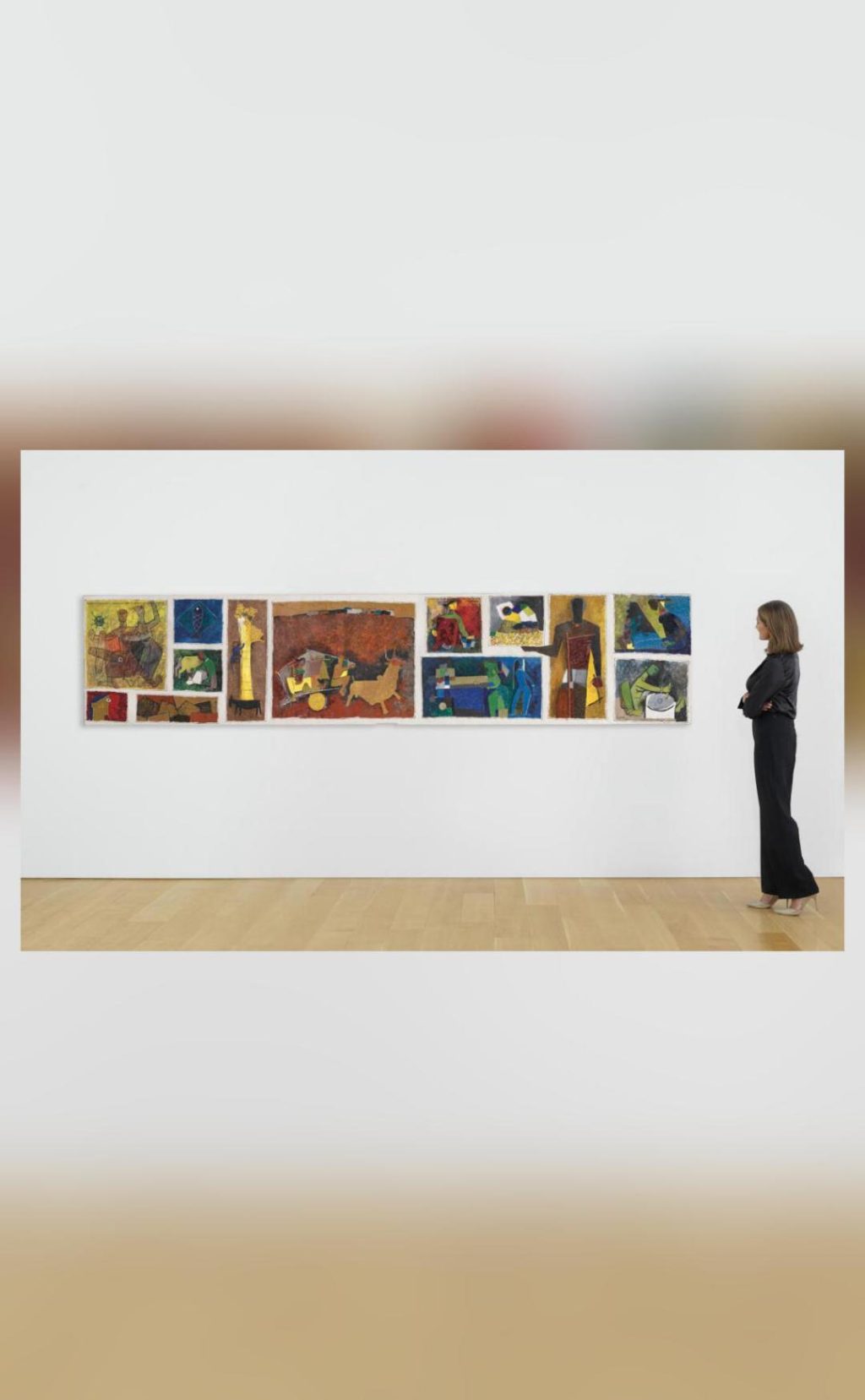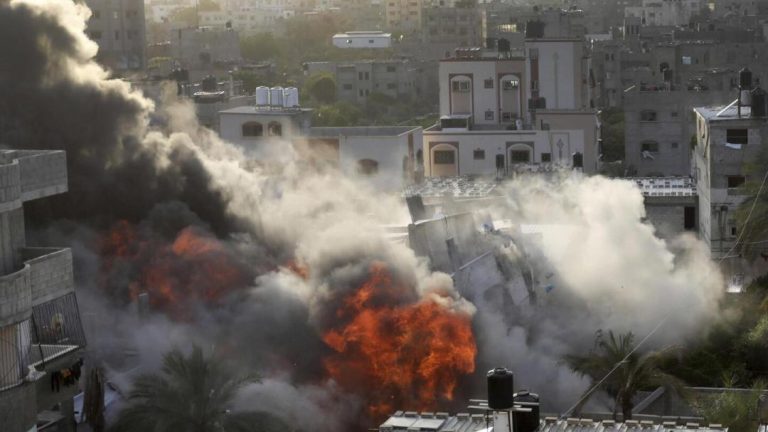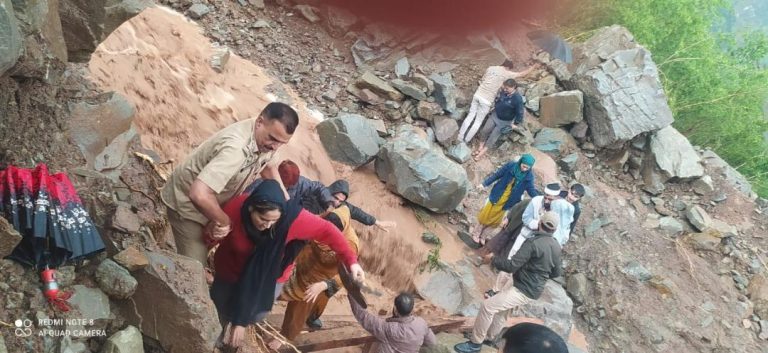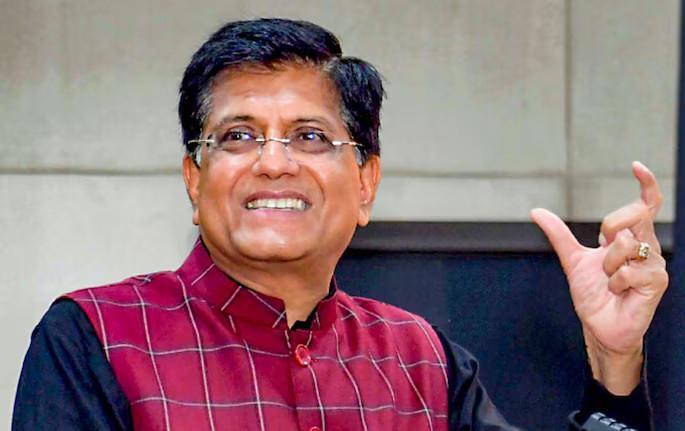
How did India’s most expensive artwork, by MF Husain, reach a Norway hospital?
India’s art world was left stunned when Christie’s auction house sold MF Husain’s painting “Untitled (Gram Yatra)” for a whopping ₹118 crore, making it the country’s most expensive artwork. The painting’s journey from the artist’s studio to a Norway hospital is a fascinating tale of serendipity, art appreciation, and philanthropy.
The story begins in 1954 when MF Husain, one of India’s most celebrated artists, painted “Untitled (Gram Yatra)” for a Norway-based surgeon, LE Volodarsky. Volodarsky, an art enthusiast, acquired the painting directly from Husain and took it back to his Oslo home, where it remained for nearly a decade. In 1964, Volodarsky, driven by his desire to give back to the community, donated the painting to Oslo University Hospital.
The hospital, which is one of the largest in Norway, went on to exhibit the painting in a private corridor, where it remained for over five decades, unseen by the general public. The hospital’s administrators had little idea about the painting’s significance or its potential value. It wasn’t until the hospital decided to auction off some of its art collection to raise funds for new medical equipment that the painting’s true worth was discovered.
In 2019, Christie’s auction house was approached by the hospital to appraise and sell the painting. The auction house’s team of experts was stunned by the painting’s quality and historical significance. They estimated its value to be in the range of ₹80-100 crores, but the bidding went on to surpass all expectations, ultimately selling for a record-breaking ₹118 crore.
So, how did this painting, created over 65 years ago, end up in a Norway hospital? The answer lies in the friendship and artistic collaboration between MF Husain and LE Volodarsky. Volodarsky, a surgeon, was also an artist and a collector of Indian art. He had been introduced to Husain through a mutual friend, and the two artists struck up a close bond.
Husain, who was known for his versatility and ability to adapt to different mediums, was fascinated by Volodarsky’s stories of Norway’s natural beauty. The surgeon would regale Husain with tales of the country’s fjords, mountains, and forests, which inspired the artist to create a series of paintings that captured the essence of Norway’s landscape.
“Untitled (Gram Yatra)” is one of the paintings from this series, which Husain created in 1954. The painting’s title, “Gram Yatra,” translates to “Village Journey” in Hindi, which reflects the artist’s fascination with rural India and the country’s villages. The painting, which is a vibrant depiction of rural life, features a group of villagers gathered around a tree, surrounded by lush greenery and vibrant flowers.
The painting’s significance extends beyond its artistic value. It is a testament to the enduring friendship between two artists from different cultures and backgrounds. The painting also highlights the power of art to transcend borders and cultures, and its ability to bring people together.
The sale of “Untitled (Gram Yatra)” has sent shockwaves through India’s art world, sparking debate about the value of art and the importance of preserving our cultural heritage. The painting’s journey from a Norway hospital to a Christie’s auction house serves as a reminder that art has the power to bring people together, transcend borders, and create a sense of shared humanity.
As we celebrate the sale of India’s most expensive artwork, we are also reminded of the importance of preserving our cultural heritage for future generations. The story of “Untitled (Gram Yatra)” is a powerful reminder that art has the power to unite us, and that its value extends far beyond its monetary worth.
Source: https://indianexpress.com/article/explained/explained-culture/m-f-husain-painting-9903618/lite/



